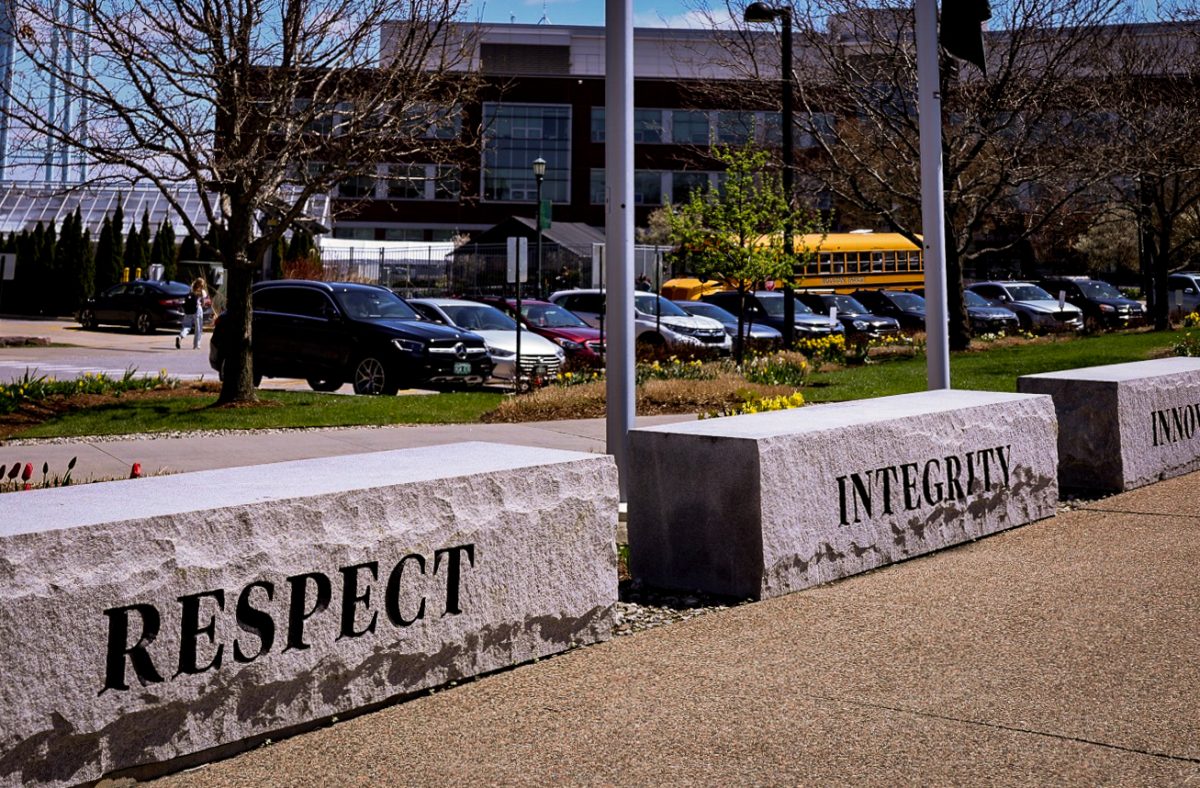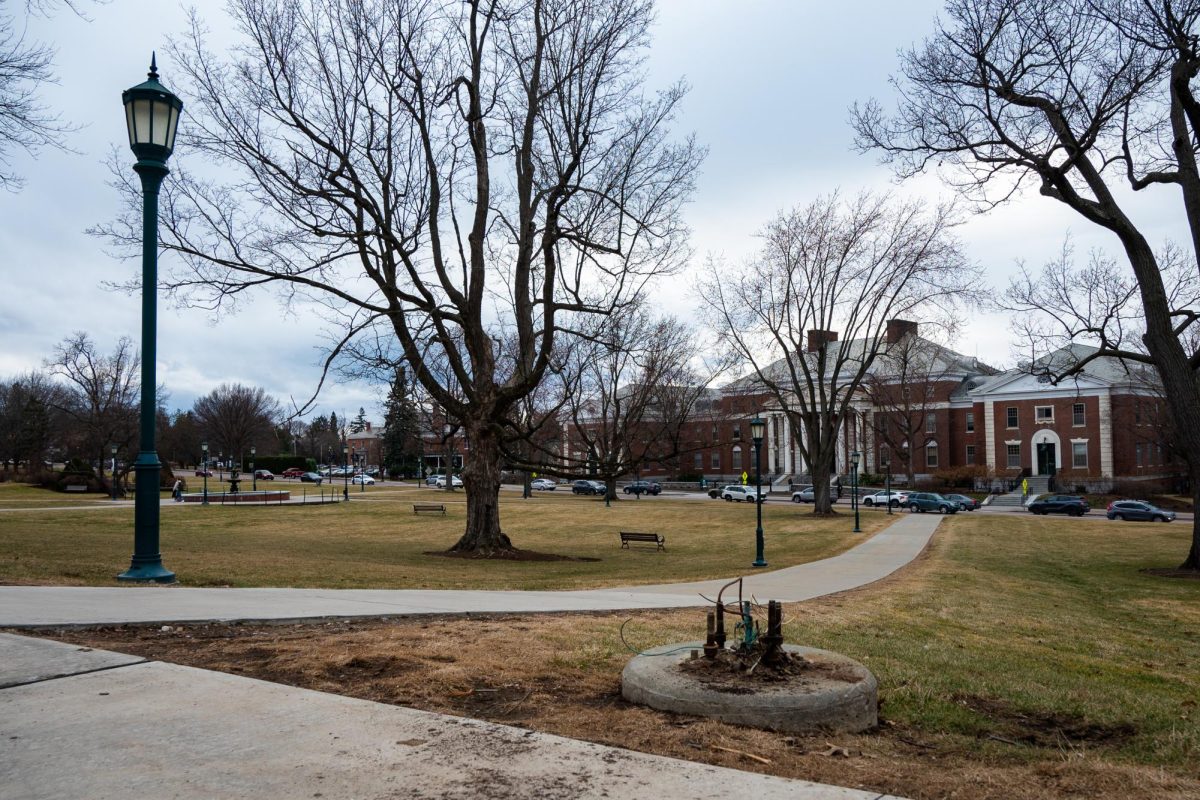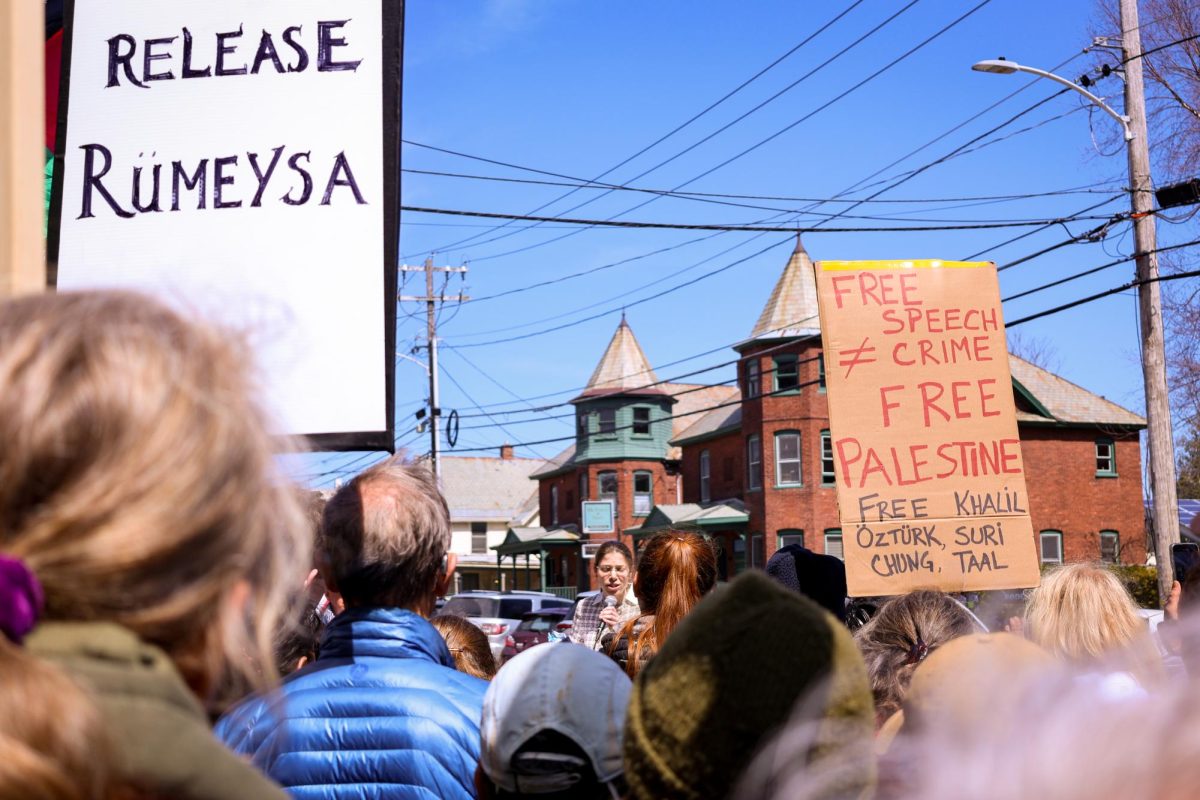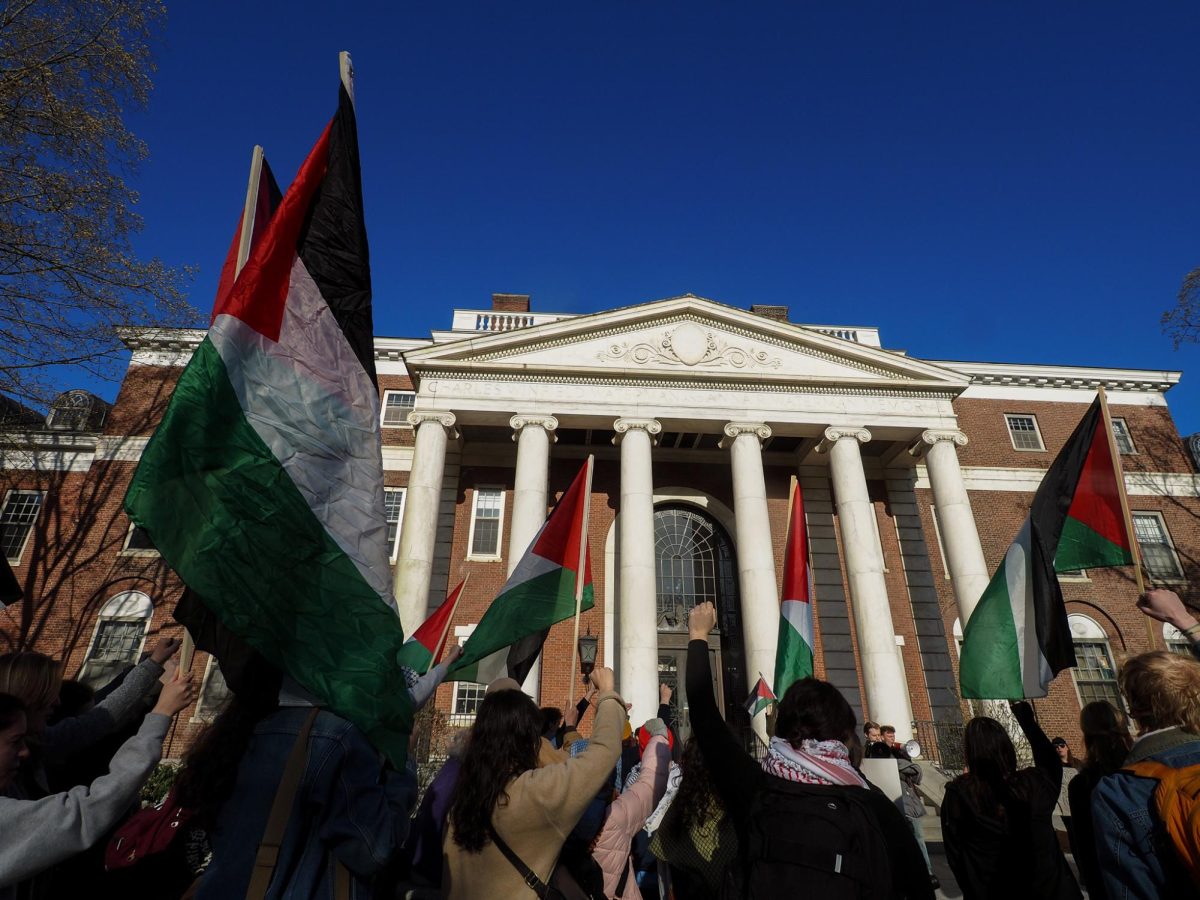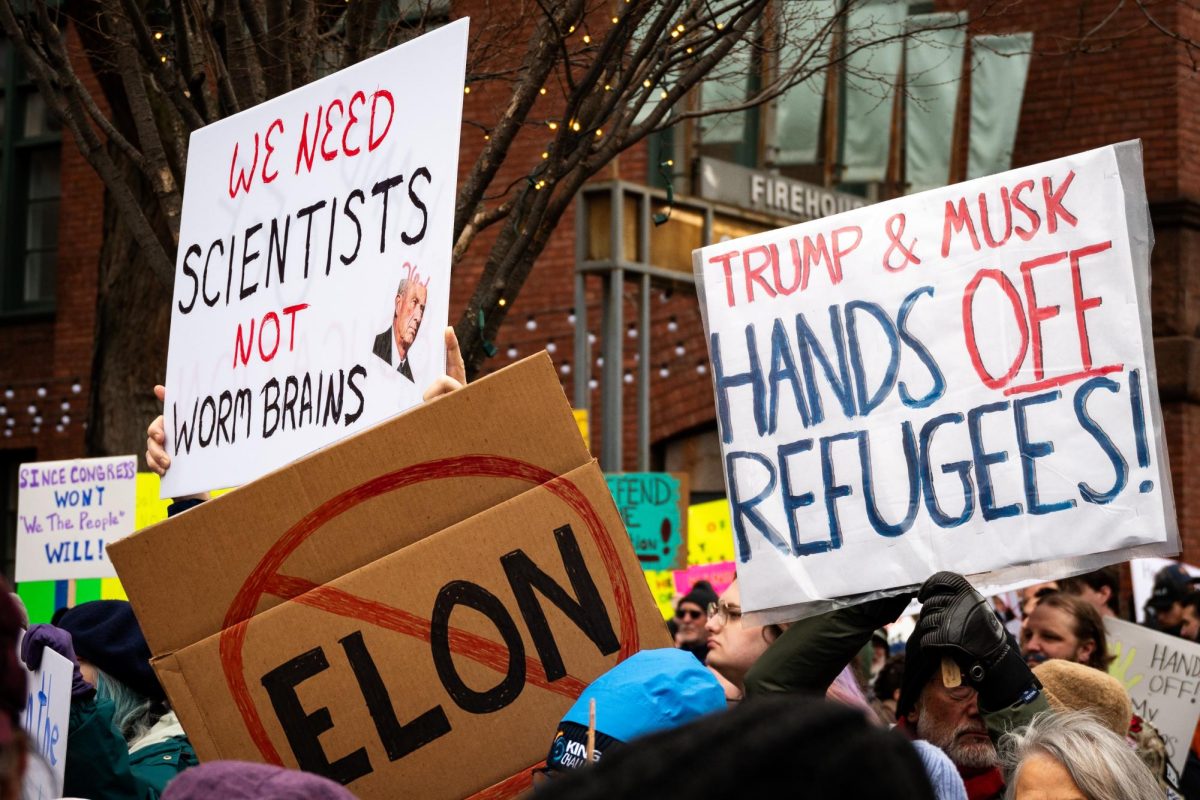REGGAETONWhen future generations look back at the early 2000s and ask what was the most important music being produced, the an?swer will be simple: Reggaeton. The oft-dark mix of reggae, dancehall, merengue and techno has slowly seeped into everyday culture in the United States over the last 10 years, breaking onto popular radio and into pop culture. The genre traces its roots back to Panama where Jamaican laborers had been living and listening to reggae since the construction of the Panama Canal. Many Latin artists were using straight reggae tracks and translating the words to Spanish to create something known as “Reggae en Español.” This morphed into something unique when underground rappers and producers throughout Latin America tried to meld their culture and sound with reggae and hip hop. In 1991, Jamaican dancehall artist Shabba Ranks released a song called “Dem Bow” based on a beat constructed by Jamaican producer Bobby “Digital” Dixon, which is the base for almost every subsequent reggaeton track. Neither Dixon nor Ranks was a reggaeton artist but the driving drum machine track and original rhythmic structure is undeniable throughout modern reggaeton. Reggaeton is often compared directly with hip-hop and the two have a lot in common. But it is very important to separate the two genres. Unlike Latin hip hop, reggaeton gets its beats from quicker and more dance driven beats ranging from dancehall to tech?no. The language of reggaeton strongly reflects the young Latin culture growing up throughout the United States who often live in homes where Spanish is spo?ken, but attend school that is taught in English. The mixing of the two languages, known as “Spanglish,” which has progressively become a legitimate language over the past 10 years, finds its home in reggaeton. Most songs use the languages so interchangeably and rhyme one with the other that they are no longer separate languages. The release of Daddy Yankee’s track “Gasolina” in 2004 marked the globalization of reggaeton. From that point on, artists such as Don Omar, Tego Calderon, N.O.R.E. and Luny Tunes have found fame across the world. Still the most popular place to hear reggaeton is in clubs where partiers around the world have begun grinding or “perreando” (which loosely translates to “doggy style”), an explicitly sexual dance associated with reggaeton, to the latest reggaeton hits.Check out these definitive records:”Barrio Fino” by Daddy YankeeIncluding songs like “Gasolina” and “Rompe,” this album can take full credit for launching reggaeton to the status to now holds.”1 Fan a Day” by N.O.R.E.His first release on Roc-A-Fella Records blends reggaeton’s finest, including Nina Sky and Daddy Yankee and American superstars Timberland, Lil’ John and Mariah Carey.”El Abayarde” by Tego CalderonThe first commercially successful reggaeton album in the Unit?ed States – from the grandfather of reggaeton. “The Last Don” by Don OmarThe first solo album from this international superstar who went platinum and brought new respect to the genre.
Categories:
A GLOBAL NOISE
January 24, 2008
0
More to Discover


